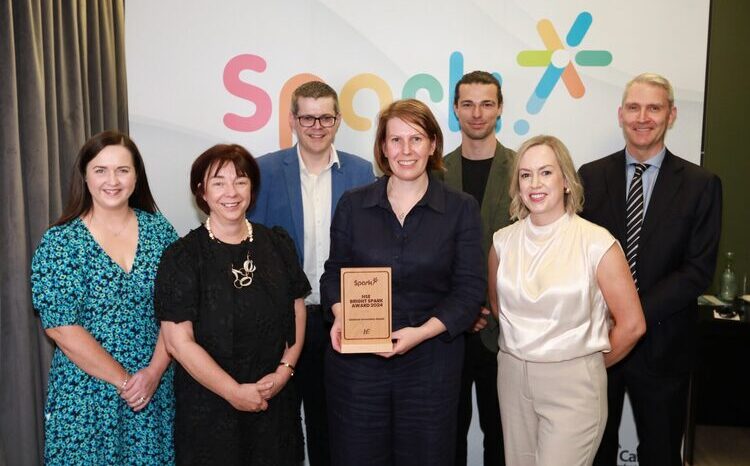NHS funding: £250m to boost access to ‘cutting edge technologies’
- 7 September 2021

A £250m fund to boost technology in operating theatres is set to be established by the government as part of today’s NHS funding announcement.
The elective recovery technology fund aims to provide access to “cutting edge technologies” according to the governments Build Back Better plan published today (September 7).
A further £250m will be provided to increase operating theatre capacity and improve productivity in hospitals.
It comes as the government introduced a new health and social care tax to raise an extra £36billion for frontline services over the next three years.
The 1.25% rise in National Insurance kicks in from April 2022 with the bulk of funding focused on reforming health and care in England, as outlined in the Build Back Better plan.
The goal for reducing the backlog of elective surgery requires a “commitment to innovation” and taking the opportunity to change the way the NHS works, the plan states.
“This means sharing and using expertise, building on the excellent work already underway in hospitals and primary care, and learning from the pandemic by using virtual clinics and new ways of working, as well as harnessing the latest data and diagnostic techniques,” it said.
Surgical hubs already being piloted in a number of locations, including London, are helping fast-track the number of planned operations, including cataract removal, hysterectomies and hip and knee replacements, and will be expanded across the country.
NHS England and Improvement are currently working with 12 integrated care systems (ICS) and five specialist children’s hospitals to trial new approaches to elective surgeries.
The £160m elective recovery accelerator project will help shape a delivery plan for “accelerating system-wide recovery”. This includes setting up pop-up clinics so patients can be treated quickly, in person, and discharged closer to home, as well as virtual wards and home assessments.
Tax hike for NHS reforms
The number of patients waiting for elective surgery in England has hit a record high of 5.5 million, tipped to reach 13 million by the end of the year if left unchecked.
Patients are waiting an average of 44 weeks for elective surgeries.
The 1.25% tax rise – equating £12bn a year – is expected to fund an extra nine million checks, scans and operations, according to a statement from Number 10.
The reforms also focus on overhauling the social care system to make it easier for people to access care, including plans for the NHS and social care system to work closer together.
An integration white paper that addresses how to bring together the two systems is set to be published later this year.
Amanda Pritchard, NHS chief executive, said: “It’s absolutely right that NHS staff, who have worked tirelessly throughout the pandemic to care for hundreds of thousands of Covid patients in hospital, get strong backing to recover routine services and begin to tackle the Covid backlog.
“The pandemic is still with us and we will have to live with the impact of Covid for some time, so the additional funding confirmed this week will help meet those additional costs, and give the NHS clarity for the coming years while delivering millions more of the vital checks, tests and operations that patients need.”
Health secretary Sajid Javid added: “This additional funding is a critical investment in our country’s future – it will give the NHS the extra capacity it needs to get back on its feet and is a vital first step in the reform of our broken care system.
“We are going to harness the latest technology and innovative new ways of working such as surgical hubs to deliver the millions more appointments, treatments and surgeries that are needed over the coming months and years to tackle waiting lists.”
Labour leader Kier Starmer criticised the plans as a “sticking plaster” adding that they would not address long term strains on the NHS.
He called for a “timetable and plan” to clear waiting lists and a comprehensive plan for social care beyond a “tinkering with the funding model”.
[themify_box icon=”info” color=”gray”]
Examples of innovative or tech lead care, according to the Department of Health and Social Care:
- Moorfields Eye Hospital has used surgical hubs to reduce the time cataract patients spend in hospital to around 90 minutes and carried out 725 operations in one week, while Nottingham NHS Trust launched ‘Super Saturdays’ where NHS staff perform that same procedure all day to reduce changeover times for equipment and staff
- Surgical robots are being used in Milton Keynes Hospital to deliver more complex surgery with faster recovery times for patients, less time in hospital and reduced risk of infection. It was the first hospital in Europe to use the Versius Surgical Robotic System for major gynaecological surgery, including complex cancer cases
- A project launched in Coventry supports the West Midlands Ambulance Service help frail patients and has led to a 20% drop in the number of people over 80 being admitted to hospital when they could have been better cared for elsewhere
- Doncaster Bassetlaw Hospitals Trust is operating a cardio drive-through service as part of the ‘Hospital at Home’ programme. Patients arrive at Doncaster Royal Infirmary or Montagu Hospital by car and receive an ECG heart monitor device from a member of staff. The new drive-through service means more heart checks can be carried out each day, with around 100 conducted each week, freeing up space in hospital for essential tests which must be carried out face-to-face
[/themify_box]





2 Comments
I’m getting confused: can anyone with inside knowledge help?
The massive rise in NI was billed as being to tackle waiting lists *&* fund a ceiling on the amount an individual could be charged for social care – “so you won’t have to deprive your children of their inheritance because you had to sell your house to fund your own care”
“A £250m fund to boost technology in operating theatres is set to be established by the government as part of today’s NHS funding announcement.”
How does this fit into the narrative of reducing waiting lists over the next 3 years? & is this to be openly funded from the 10% NI hike?
“The elective recovery technology fund aims to provide access to “cutting edge technologies” according to the governments Build Back Better plan published today (September 7).”
Where does the funding come from?
“A further £250m will be provided to increase operating theatre capacity and improve productivity in hospitals.”
Will that include shoring up ceilings about to collapse because, for many years (since at least 2010), capital budget allocations have been diverted into reducing apparent revenue deficits – leading to a catastrophic maintenance backlog?
“It comes as the government introduced a new health and social care tax to raise an extra £36billion for frontline services over the next three years.”
How much of this will fund, directly or indirectly, this woffle?
I think you may be right in thinking there is a direct connection.
Love to be shown to be wrong.
“The 1.25% rise in National Insurance kicks in from April 2022 with the bulk of funding focused on reforming health and care in England, as outlined in the Build Back Better plan.”.
All I heard was that this was to deal with the very long waiting lists and consequences of the pandemic, oh – and after that to address problems in funding social care..
Which has nothing to do with “reforming health and care… as outlined in the Build Back Better Plan”
All this talk about solving all known problems via leading edge technology makes me cry. What is need is a set of leading edge ideas and processes to define this issue an implement it via ‘appropriate’ technology. I have been around in IT for a long time and know that simply throwing technology, old or new, at the problem rarely solves anything. If the methodology chosen is flawed, all that happens with leading edge technology is that you fail much faster, though in some style it has to be said.
Comments are closed.